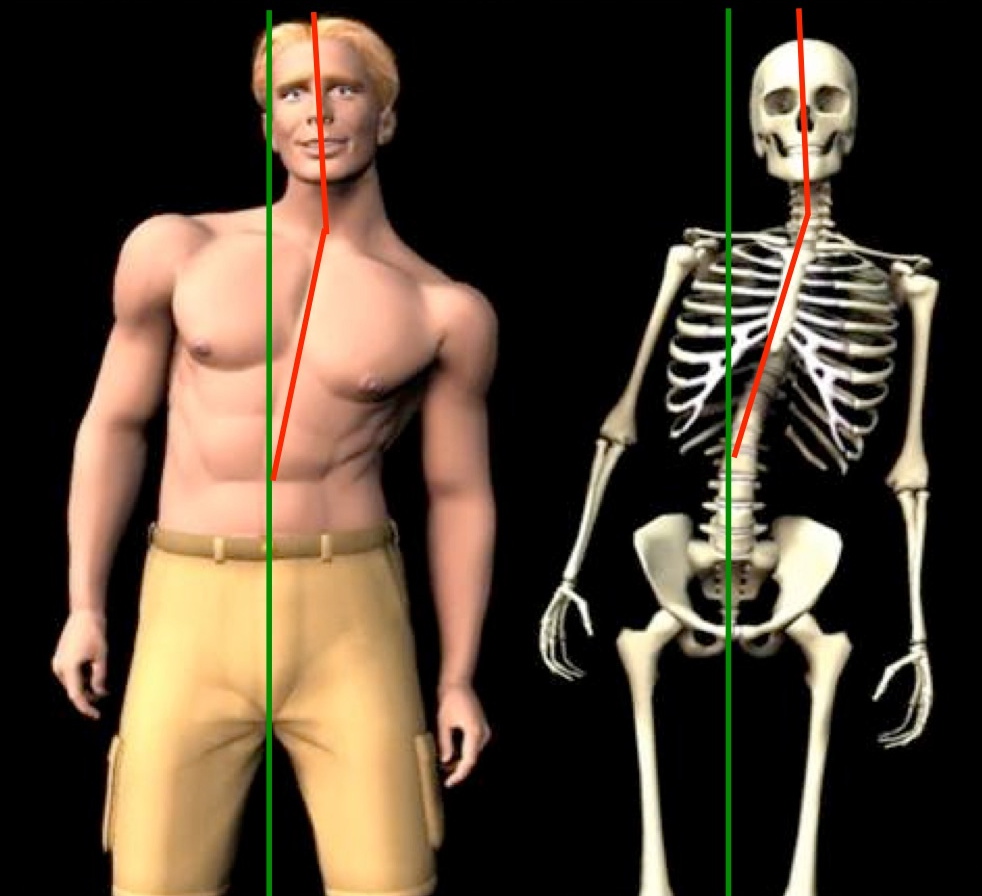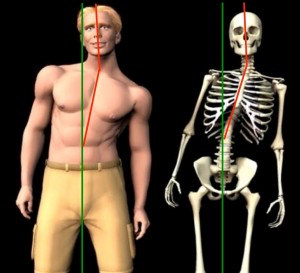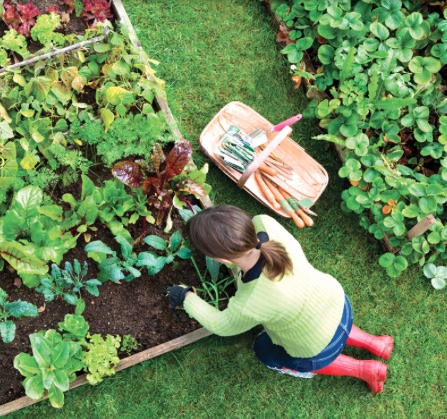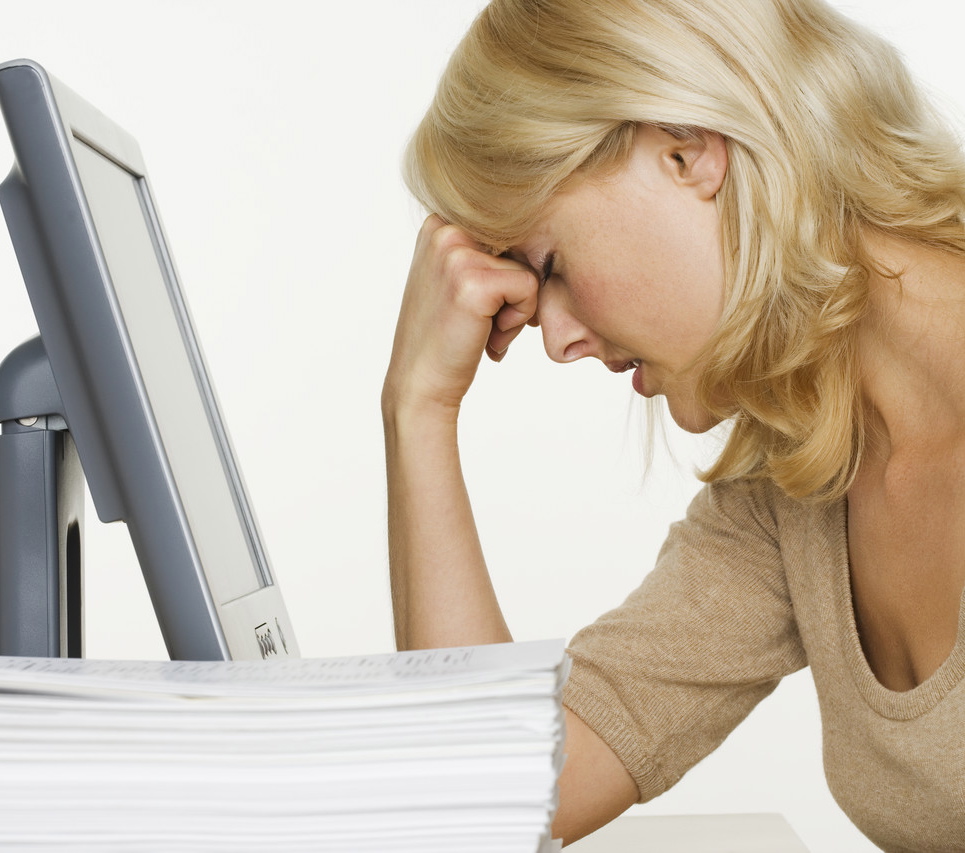
The Development, Evaluation and Treatment of Musculoskeletal Disorders: Part 1 Why Musculoskeletal Pain Develops
Musculoskeletal disorders are a broad class of conditions that involve problems with muscles, joints, tendons, ligaments, and nerves. There is an long list of conditions that people suffer from that fall in the category of musculoskeletal disorders. Some of these include various types of pain, muscle tightness, tendinitis, arthritis, and nerve problems, such as numbness, sciatica or carpal tunnel syndrome. There are several reasons why musculoskeletal disorders develop and there are several ways to treat these problems. Some evaluation and treatment methods make more sense than others and these methods vary among chiropractors, orthopedists, and physical therapists. In this series of articles, we will discuss why musculoskeletal disorders develop and the evaluation and treatment of these disorders and their associated pain.
There are several reasons why people develop musculoskeletal problems. Although people can have pain and other symptoms from inflammatory foods, food toxins, food allergies, and side effects from certain medications, the focus of this article will pertain to the development of musculoskeletal problems associated with misalignment and abnormal motor control.
It All Starts With Injuries
It is inevitable that everyone goes through life with hundreds if not thousands of injuries. Many people are even born injured due to the birthing process! The injuries people acquire during their lifetime can be major (macro-trauma), such as a broken bone, ruptured tendon, or torn ligament or they can be minor (micro-trauma), such as a sprain, strain or overuse injury. Either type of injury can have immediate, negative health consequences.
 Misalignments Leading to Musculoskeletal Problems
Misalignments Leading to Musculoskeletal Problems
Major or minor injuries can cause misalignments of posture, including the bones of the spine and extremities. Misalignments can occur SUDDENLY from an injury such as a fall, car accident or sports injury. They can also occur GRADUALLY from working, sitting, or sleeping in a bad posture for extended periods of time. Misalignments create increased loads (pressure) on joints and spinal discs, muscle strain, changes in muscle length (some shorten, others lengthen) and changes in muscle tone (some tighten, others relax). This results in a loss of joint mobility (movement), loss of joint stability (strength, support, control), micro-trauma, and wear and tear over time. Eventually, misalignments can lead to a variety of musculoskeletal conditions such as back pain, neck pain, arm or leg pain, headaches, tendinitis or arthritis.
Abnormal Motor Control and Muscle Inhibition Leading to Musculoskeletal Problems
Motor control is essentially muscle control. It is the ability of the nervous system to efficiently direct groups of muscles to contract in coordinated patterns and sequences for proper movement. We are not born with motor control. Motor control is something we acquire from the first few months of life until the age of four. When we go through the developmental milestones of rolling, creeping, crawling, sitting, kneeling, standing, and walking we develop normal motor (muscle) control. Normal motor control is required for normal, efficient movement and to resist musculoskeletal problems.
 Motor control is something that can be altered very easily due to pain, injury, or misalignment. Injury and misalignment can create excessive stress on joints, tendons, ligaments, muscles and nerves. When these tissues become stressed, they automatically send signals to reduce the stress. They do so by “inhibiting” (turning down) some muscles and “facilitating” (turning up) other muscles to reduce stress in the area. In other words, muscle inhibition is the nervous system sending signals to reduce muscle strength to an area in order to minimize pain and further injury. Muscle facilitation, on the other hand, is the nervous system sending signals to increase muscle strength to minimize pain and further injury. Most people do not “feel” muscle inhibition or muscle facilitation, but they commonly feel the physiological effects as muscle knots (trigger points), muscle tightness or stiffness.
Motor control is something that can be altered very easily due to pain, injury, or misalignment. Injury and misalignment can create excessive stress on joints, tendons, ligaments, muscles and nerves. When these tissues become stressed, they automatically send signals to reduce the stress. They do so by “inhibiting” (turning down) some muscles and “facilitating” (turning up) other muscles to reduce stress in the area. In other words, muscle inhibition is the nervous system sending signals to reduce muscle strength to an area in order to minimize pain and further injury. Muscle facilitation, on the other hand, is the nervous system sending signals to increase muscle strength to minimize pain and further injury. Most people do not “feel” muscle inhibition or muscle facilitation, but they commonly feel the physiological effects as muscle knots (trigger points), muscle tightness or stiffness.
Altered motor control occurs in everyone to some degree following an injury. It is an automatic neurological (survival) mechanism designed to compensate for pain. If the change in motor control is mild you may not notice a change in how you move. If it is more extreme you will notice a change, such as limping due to pain or injury of the foot, ankle, knee or hip.
A change in motor control may be a good short-term solution to compensate for pain, but not a good long-term solution. In many people, motor control DOES NOT return to normal after the pain is gone and after the injury has healed. This can leave a person with inefficient patterns of muscle control that can lead to poor movement, poor alignment, excessive wear and tear, arthritis, and the development of pain later in life.
Misalignments, poor motor control and muscle inhibition are the major reasons why people have pain and other musculoskeletal problems. These are very important biomechanical factors that need to be evaluated and treated in patients with musculoskeletal pain. In Part 2, we will discuss the evaluation of patients with musculoskeletal pain.


